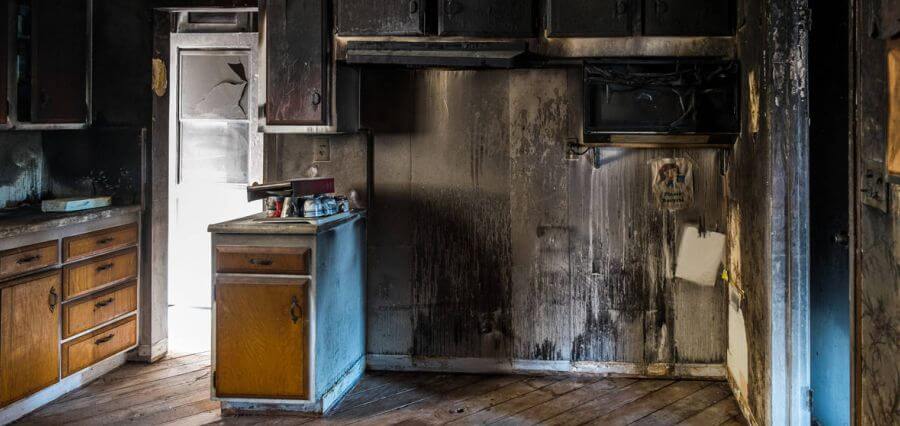Smoke damage can be one of the most devastating consequences of a fire. Not only can it leave a lingering odor, but it can also cause damage to walls, ceilings, and other surfaces. Smoke damage restoration costs can quickly add up, which is why it’s important to understand how your insurance policy can help cover these expenses. In this article, we’ll provide tips and advice on how to maximize your insurance coverage for smoke damage restoration.
Understand Your Insurance Policy
The first step in maximizing your insurance coverage for smoke damage restoration is to understand your policy. You should review your insurance policy to determine what is covered and what is not. Most homeowner’s insurance policies will cover smoke damage, but it’s important to know the specifics of your policy.
This includes the coverage limit, deductible, and exclusions. It’s also important to note that smoke damage may be classified differently than fire damage, so make sure to check if there are separate coverage limits for each. Knowing the details of your policy will help you make informed choices about the restoration process and ensure that you receive the maximum coverage available.
Document the Damage
When you experience smoke damage, it’s important to document the damage as soon as possible. Take photos and videotapes of the damage to your property and belongings. This documentation can help support your insurance claim and ensure that you receive the maximum coverage available.
Additionally, it’s important to contact a professional smoke damage restoration company to assess the extent of the damage and begin the cleanup and restoration process. Smoke damage can have long-lasting effects on your health and the structural veracity of your property, so it’s crucial to address it promptly and thoroughly. With proper documentation and professional assistance, you can minimize the impact of smoke damage and restore your property to its pre-damage condition.
File Your Claim Promptly
Once you’ve documented the damage, you should file your insurance claim promptly. Most insurance policies require that you file a claim within a certain timeframe after the damage occurs. Failing to file your claim on time could result in a denial of coverage.
Therefore, it is important to review your policy and understand the specific requirements for filing a claim. It is also recommended to contact your insurance provider as soon as possible after the damage occurs to begin the claims process. By promptly filing your claim and providing all necessary documentation, you can increase the likelihood of receiving the coverage you need to repair or replace your damaged property.
Work with a Professional Restoration Company
In many cases, it’s best to work with a professional restoration company when dealing with smoke damage. A restoration company can provide expert advice on the best way to restore your property and belongings, and they can also help you navigate the insurance claims process.
Keep Track of Expenses
As you begin the smoke damage restoration process, it’s important to keep track of all expenses related to the restoration. This includes the cost of cleaning and restoring damaged items, as well as any temporary housing or other expenses you may incur as a result of the damage.
It’s also important to document the extent of the smoke damage throughout your property. Take photos and videos of the damage, and keep detailed notes of any conversations you have with insurance adjusters or restoration professionals. This will help ensure that you receive the proper compensation for the damage done. Remember to prioritize your safety during the restoration process and seek professional help if necessary. With patience and diligence, you can successfully restore your property to its pre-damage condition.
Negotiate with Your Insurance Company
If you feel that your insurance company is not offering you a fair amount of coverage for your smoke damage restoration, don’t be afraid to negotiate. You can provide additional documentation or seek the advice of a public adjuster to help support your claim.
It’s important to remember that insurance companies are businesses, and they may try to minimize the amount they pay out in claims. However, as a policyholder, you have the right to negotiate and advocate for yourself. Providing evidence of the extent of the smoke damage and the cost of restoration can help strengthen your case. Additionally, a public adjuster can provide an unbiased evaluation of your claim and help you navigate the negotiation process. Don’t settle for less than what you believe is fair and reasonable for your situation.
Conclusion
Smoke damage restoration can be a costly and time-consuming process, but understanding your insurance policy can help you maximize your coverage and minimize your out-of-pocket expenses. By documenting the damage, filing your claim promptly, working with a professional restoration company, keeping track of expenses, and negotiating with your insurance company, you can ensure that you receive the coverage you need to restore your property and belongings to their pre-damage condition.









